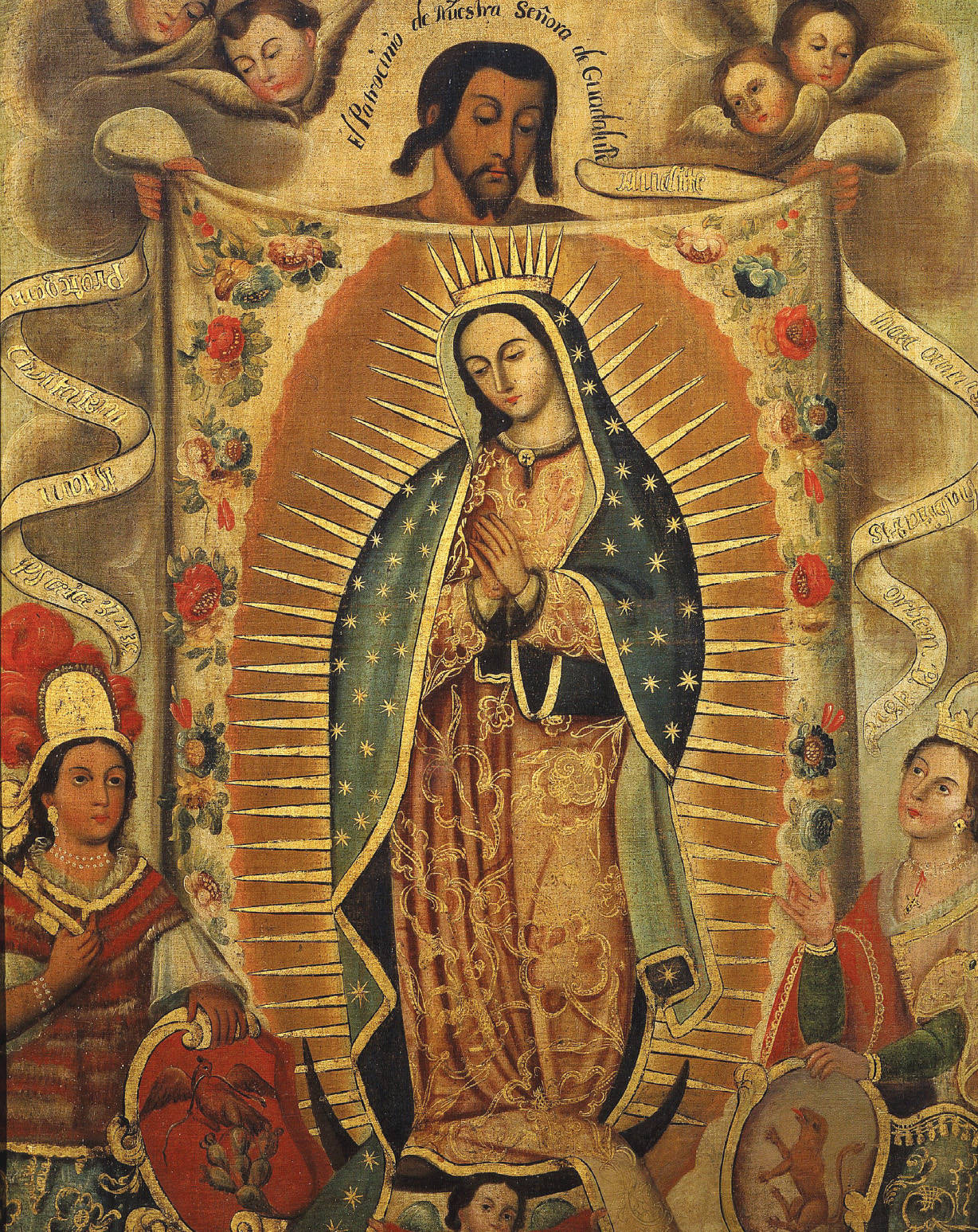Introduction
CHAPTER FIFTEEN
Cultural Transformations
Religion and Science
1450–1750

Nigerian pastor Daniel Ajayi-Adeniran is a missionary to the United States, with his mission field in the Bronx. The church he represents, the Redeemed Christian Church of God, began in Nigeria in 1952. It has acquired millions of members in Nigeria and boasts a missionary network with a presence in 100 countries. According to its leader, the church was “made in heaven, assembled in Nigeria, exported to the world.” And the Redeemed Church of God is not alone. As secularism and materialism born of the Scientific Revolution and modern life have eroded religious faith in the West, many believers in Asia, Africa, and Latin America have felt called to reinvigorate a declining Christianity in Europe and North America. In a remarkable reversal of an earlier pattern, they now seek to “reevangelize” the West, from which they originally received the faith. After all, more than 60 percent of the world’s professing Christians now live outside Europe and North America, and, within the United States, one in six Catholic diocesan priests and one in three seminary students are foreign-born. For example, hundreds of Filipino priests, nuns, and lay workers now serve churches in the West. “We couldn’t just throw up our hands and see these churches turned into nightclubs or mosques,” declared Tokunboh Adeyemo, another Nigerian church leader seeking to minister to an “increasingly godless West.”1
THE EARLY MODERN ERA OF WORLD HISTORY gave birth to two intersecting cultural trends that continue to play out in the twenty-first century. The first was the spread of Christianity to Asians, Africans, and Native Americans, some of whom now seem to be returning the favor. The second lay in the emergence of a modern scientific outlook, which sharply challenged Western Christianity even as it too acquired a global presence.
And so, alongside new empires and new patterns of commerce, the early modern centuries also witnessed novel cultural transformations that likewise connected distant peoples. Riding the currents of European empire building and commercial expansion, Christianity was established solidly in the Americas and the Philippines; far more modestly in Siberia, China, Japan, and India; and hardly at all within the vast and still growing domains of Islam. A cultural tradition largely limited to Europe in 1500 now became a genuine world religion, spawning a multitude of cultural encounters. While this ancient faith was spreading, a new understanding of the universe and a new approach to knowledge were taking shape among European thinkers of the Scientific Revolution, giving rise to another kind of cultural encounter—that between science and religion. Science was a new and competing worldview, and for some it became almost a new religion. In time, it grew into a defining feature of global modernity, achieving a worldwide acceptance that exceeded that of Christianity or any other religious tradition.
SEEKING THE MAIN POINT
To what extent did the cultural changes of the early modern world derive from cross-cultural interaction? And to what extent did they grow from within particular societies or civilizations?
Although Europeans were central players in the globalization of Christianity and the emergence of modern science, they did not act alone in the cultural transformations of the early modern era. Asian, African, and Native American peoples largely determined how Christianity would be accepted, rejected, or transformed as it entered new cultural environments. Science emerged within an international and not simply a European context, and it met varying receptions in different parts of the world. Islam continued a long pattern of religious expansion and renewal, even as Christianity began to compete with it as a world religion. Buddhism maintained its hold in much of East Asia, as did Hinduism in South Asia and numerous smaller-scale religious traditions in Africa. And Europeans themselves were certainly affected by the many “new worlds” that they now encountered. The cultural interactions of the early modern era, in short, did not take place on a one-way street.
A Map of Time
| 1453 | Ottoman conquest of Constantinople |
| 1469–1539 | Life of Guru Nanak; beginning of Sikh tradition |
| 1472–1529 | Life of Wang Yangmin in China |
| 1498–1547 | Life of Mirabai, bhakti poet of India |
| 1517 | Luther’s 95 Theses; beginning of Protestant Reformation |
| 1543 | Publication of Copernicus’s master work about a sun-centered universe |
| 1545–1563 | Council of Trent |
| 1560s | Taki Onqoy movement in Peru |
| 1582–1610 | Matteo Ricci in China |
| 1593 | Edict of Nantes proclaiming religious toleration in France |
| Early 1600s | European missionaries expelled from Japan |
| 1618–1648 | Thirty Years’ War in Europe |
| 1642–1727 | Life of Isaac Newton; culmination of European Scientific Revolution |
| 1700s | European Enlightenment |
| 1721 | Christian missionary preaching banned in China |
| 1740–1818 | Wahhabi movement of Islamic reform in Arabia |